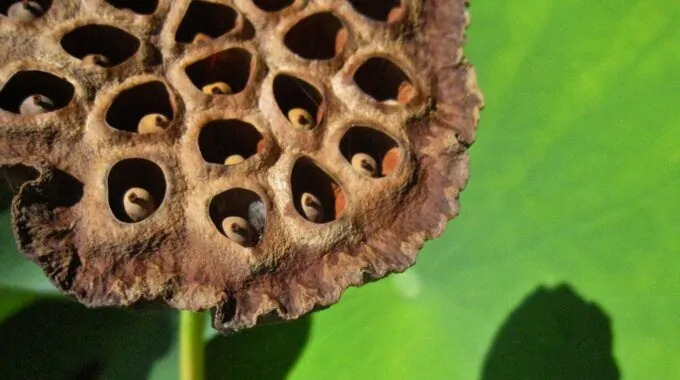
Introduction:
Have you ever felt uneasy or disgusted by images of honeycombs, lotus seed pods, or bubble wrap? You're not alone. This reaction is known as trypophobia, a term used to describe the fear or aversion to clusters of small holes or patterns.
What Is Trypophobia?
Trypophobia is characterized by an intense discomfort or fear when viewing patterns of closely packed holes or bumps. While not officially recognized as a disorder in diagnostic manuals, many individuals report genuine physical and emotional reactions to such stimuli.
Potential Causes:
Evolutionary Survival Instinct: Some researchers suggest that our brains may be wired to associate clusters of holes with potential threats, such as poisonous animals or infectious diseases, triggering a fear response.
Visual Overload: The repetitive patterns of holes can overwhelm the visual system, leading to discomfort or nausea.
Previous Negative Experiences: Past traumatic events involving similar patterns can condition individuals to react with fear or disgust.
Subconscious Associations: Certain patterns may subconsciously remind individuals of unpleasant experiences, eliciting a fear response.
Common Triggers:
Individuals with trypophobia may experience discomfort when viewing:
- Lotus seed pods
- Honeycombs
- Coral
- Bubble wrap
- Sponges
- Insect nests
- Skin pores or disease patterns
- Zoomed-in images of objects with holes
Symptoms:
Reactions to trypophobic stimuli can vary but commonly include:
- Goosebumps or chills
- Itchy skin
- Nausea
- Sweating
- Increased heart rate
- Dizziness
- Panic or anxiety attacks
Managing Trypophobia:
While there is no official cure, several strategies may help individuals manage their reactions:
Cognitive Behavioral Therapy (CBT): A therapeutic approach that helps individuals challenge and change negative thought patterns.
Gradual Exposure: Slowly and safely exposing individuals to trypophobic stimuli can help desensitize their reactions over time.
Relaxation Techniques: Practices such as deep breathing and mindfulness can help control physical reactions.
Avoidance: Limiting exposure to known triggers, especially online or on social media platforms, can prevent discomfort.
Conclusion:
Trypophobia is a real and often distressing condition for many individuals. Understanding its causes and recognizing its symptoms can lead to better management and support for those affected.
For more information and resources on managing trypophobia, visit Mimood's comprehensive guide
.












